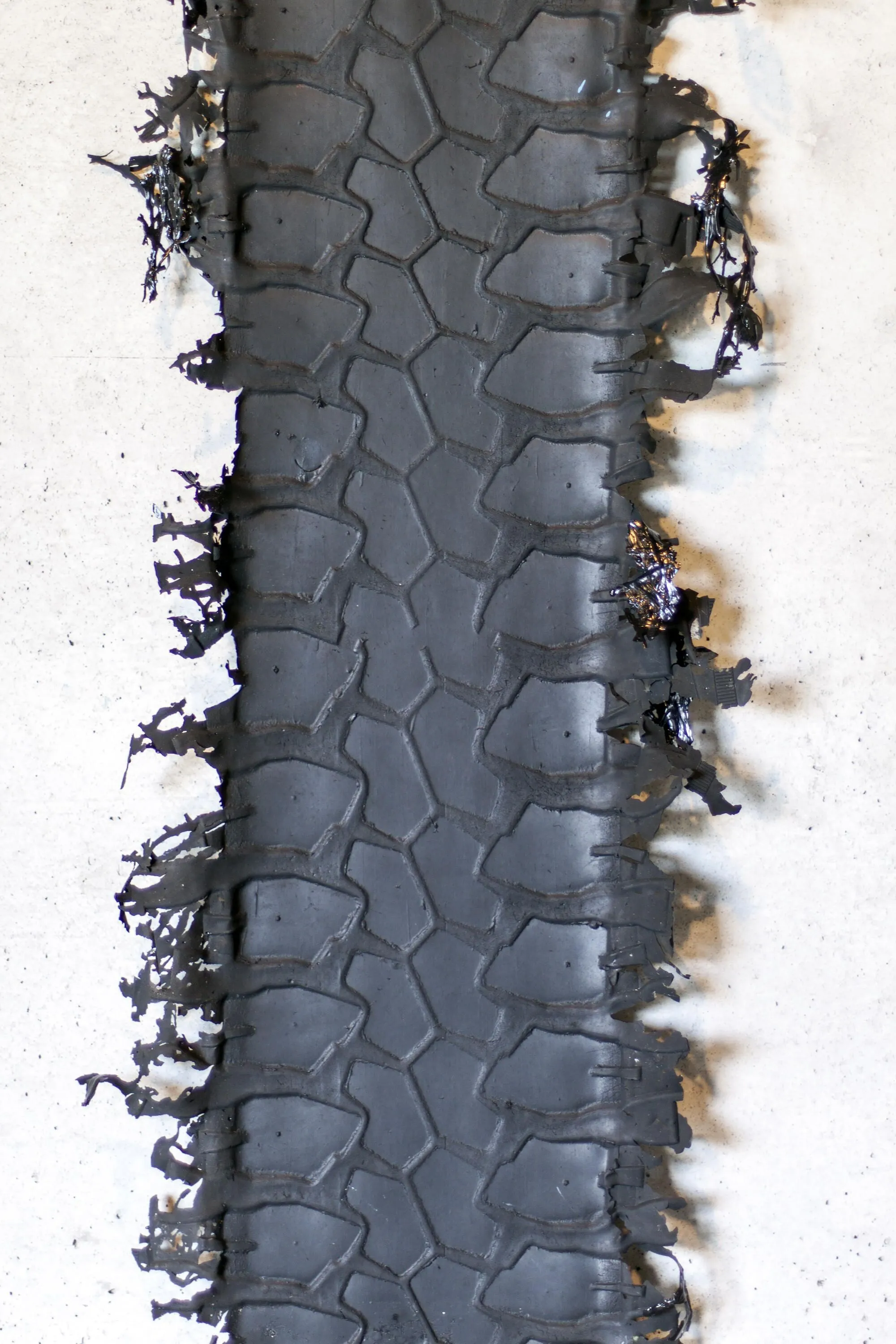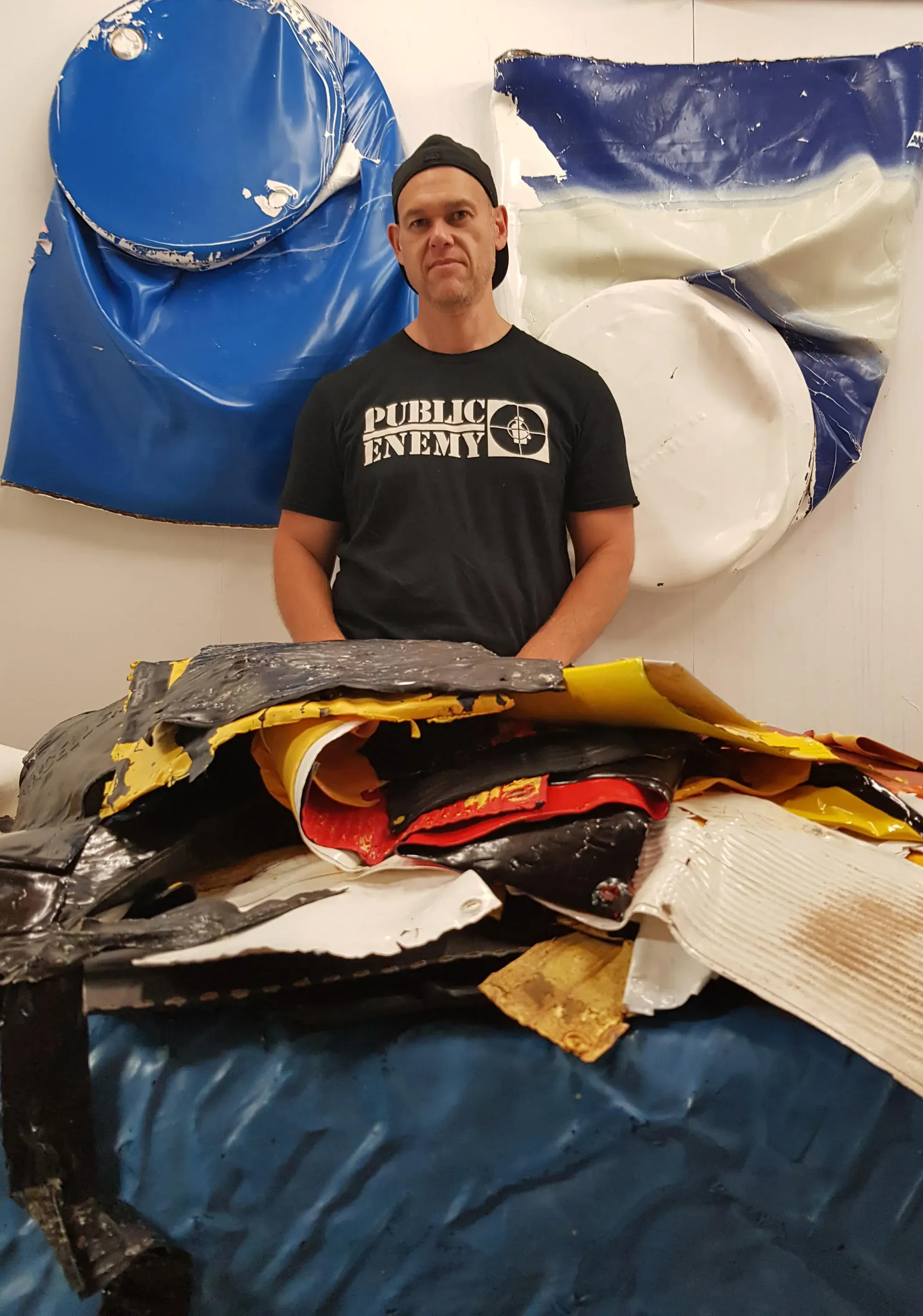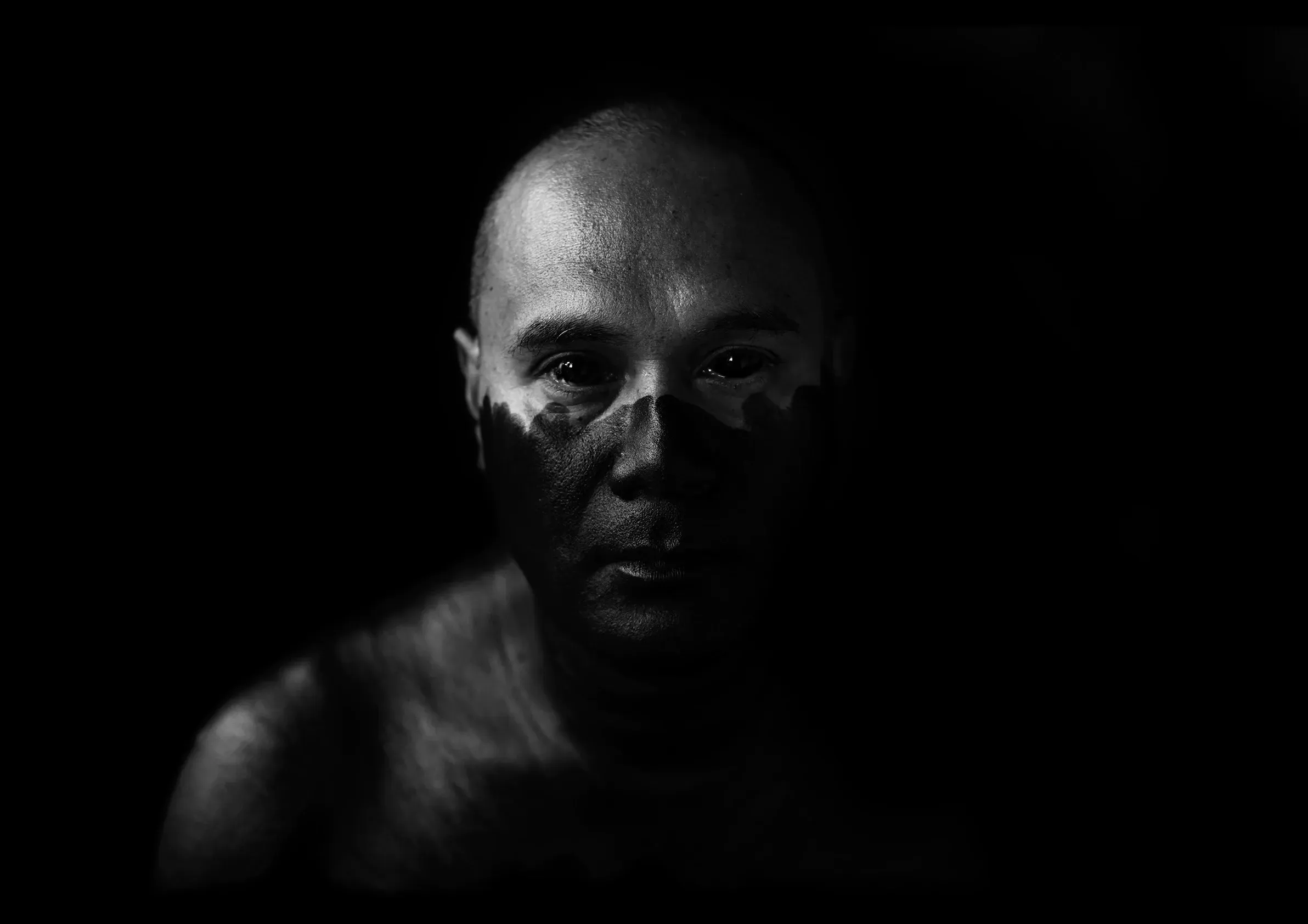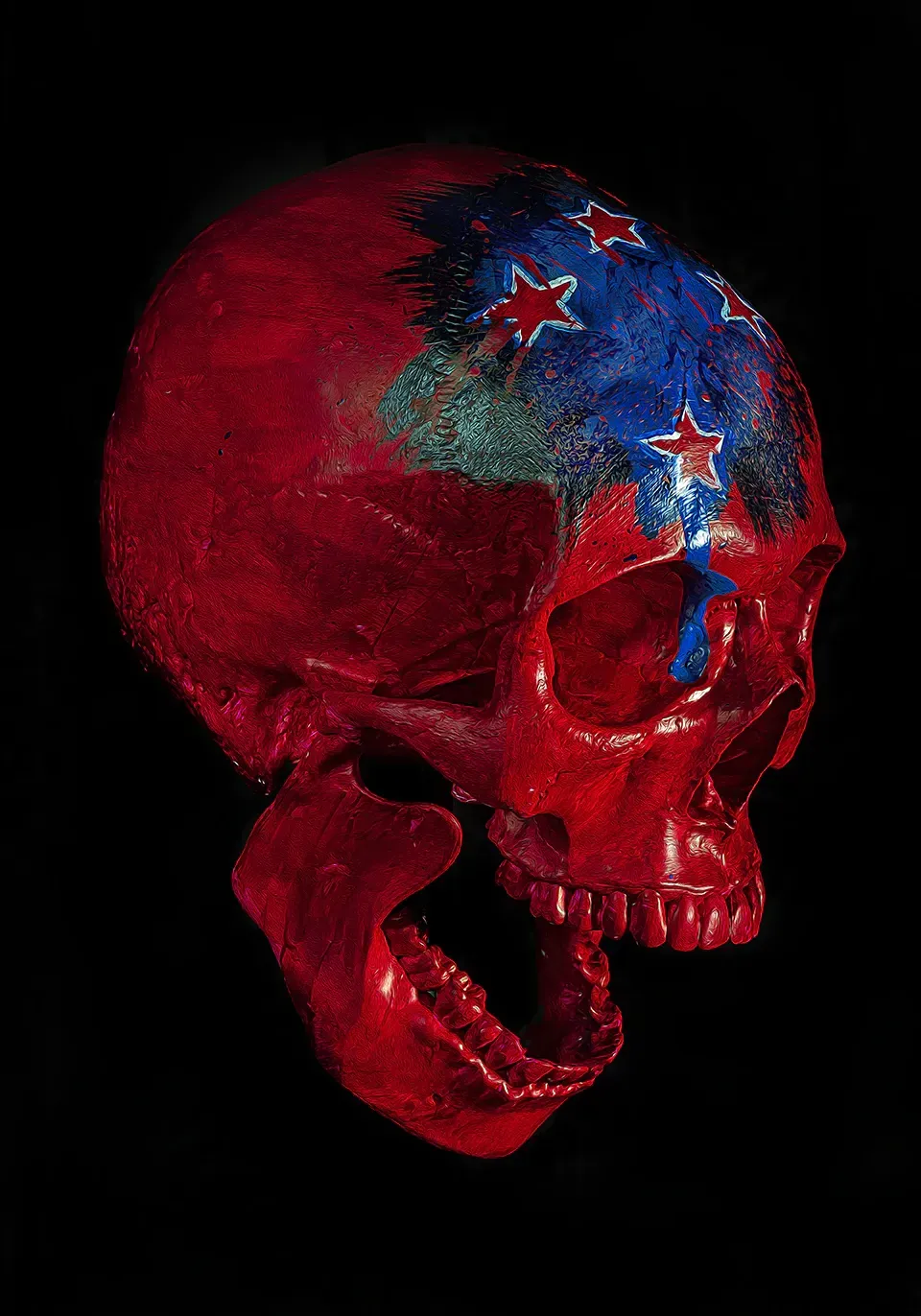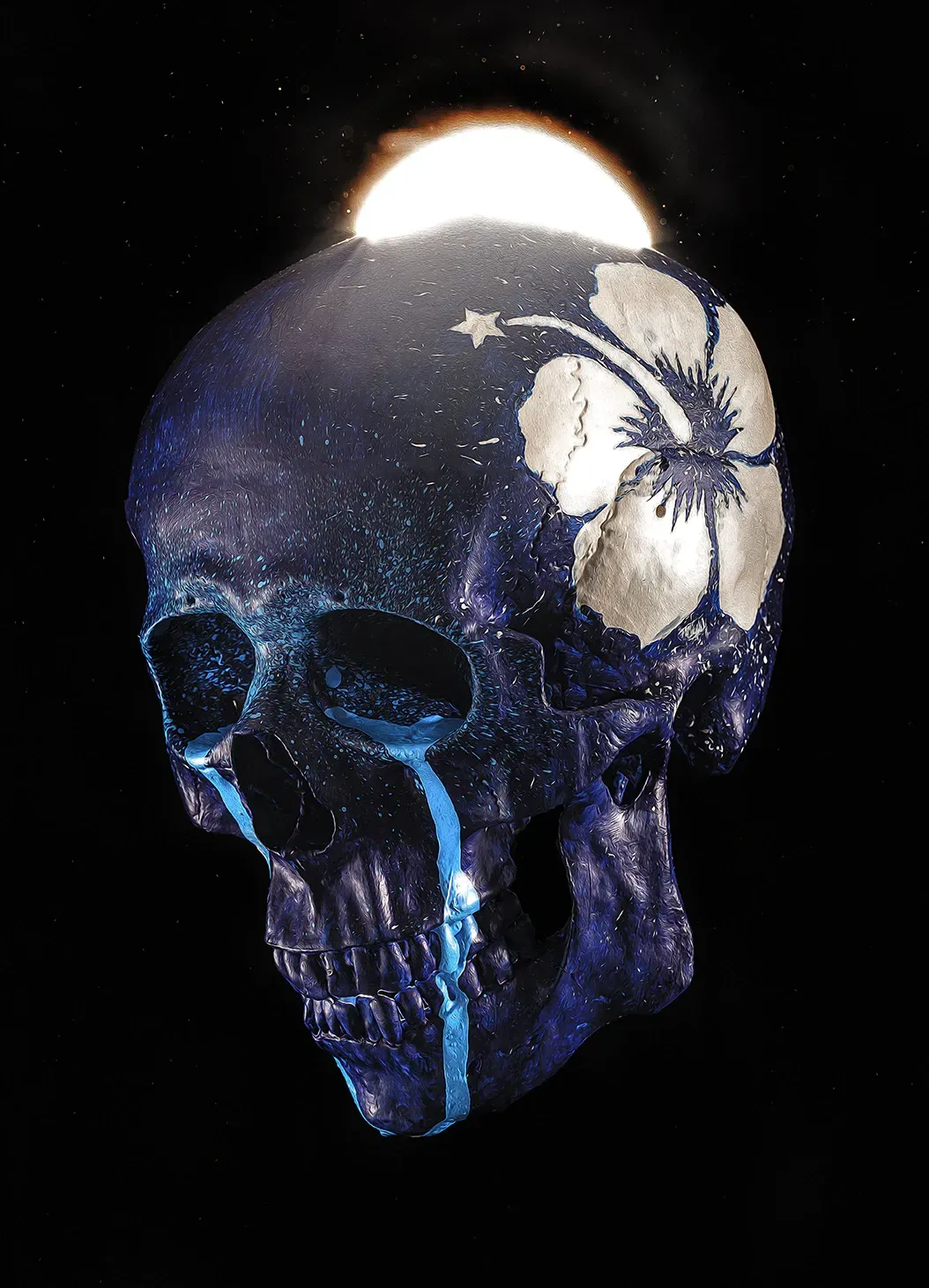BREAKING: Pasifika Creatives Ready to Demystify NFTs

Visual artists Raymond Sagapolutele and Sefton Rani are set to embark on a journey into the world of Non-Fungible Tokens (NFTs) thanks to a just announced Creative New Zealand (CNZ) pilot programme for a group of Moana artists.
CNZ Chief Executive Stephen Wainwright says, “Through the Pacific Arts Digital NFTs pilot programme, we're supporting a sector initiative to explore and evaluate emerging technologies, and consider their potential for taking digital art to the next level.”
A new initiative to support Moana artists, it aims to identify gaps in digital knowledge, provide professional development to create content and demystify the ambiguous world of NFTs. The learning will then be shared through talanoa and communicating to arts communities and institutions about the project.
CNZ Manager Pacific Arts, Kawika Aipa says “we've had a great response to other recent digital pilots and that signalled to us the need to do more. We want to support the creative leadership of Pacific artists and enable them to explore and evaluate new arts spaces – new ways of doing things."
Auckland-based artist and arts manager Iokapeta Magele-Suamasi, currently researching NFTs as part of her Master's degree in Technological Futures (Tech Futures Lab), will lead and manage the pilot. Iokapeta explains “the beauty of this project is that, while most of the artists have not yet created an NFT, the outcome will at the very least open up engagement to the world around NFTs.”
Pasifika in practice
Sagapolutele, an Aotearoan-born Samoan artist, developed his creative practice with photography.
“My ties to Samoa come through my parents who were part of the waves of migration of Moana peoples to Aotearoa in the 50s, 60s, 70s and 80s. My practice as an artist has evolved over my lifetime but for the most part it has sat in the background as I worked to meet the expectations of being Samoan.”
He had to learn to filter and separate his commercial practice over time but completing a Master of Visual Arts degree at AUT made a huge difference.

Va Tatau i. Image: Raymond Sagapolutele.
“Prior to graduating, I wasn’t totally in tune with what I wanted to say as an artist with bits and pieces sparking around my upbringing as part of the Moana diaspora in Aotearoa. Art school and a lot of talanoa with elders and contemporaries has helped turn sparks into flames and my alofa for who I am and what I am a part of as a Samoan has come into sharper focus – pun intended.”
Completing a multimedia course in 2001 provided insight into the digital world and an understanding of its evolution: “the thing about the digital world is that it’s always evolving, improving, and rebuilding itself. I have seen this in my time as a lecturer with AUT and the new ideas younger artists are looking to incorporate into their work, augmented reality is a key example.”
Sagapolutele strikes a trepidatious tone about NFTs when talking to The Big Idea.

Hereditory (2021). Image: Raymond Sagapolutele.
“I would say I am more cautious than I am excited. Once I have more of a foundation around what this means then I think the excitement levels will rise.
“One of the things I have been developing in my work more recently has been the deliberate evolving of my images from ‘captured’ to a ‘movement’ via photoshop. Taking ownership of the work as being more than something I have shot in studio and becoming part of a new way of it representing a talanoa that my parents, grandparents and all of our family before them started way back when.
“I have toyed with the idea of NFTs but the desire to mint has been tempered by a need to know, see the real face of what or who is talking to me. Face to face interaction and communication is still something I value.”
Open-minded confrontation of challenged
Rani’s arts practice is primarily painting-oriented - however prior to working as a full time artist, his interest in photography involved manipulating digital images with photoshop.
“It's something I always enjoyed and wanted to return to at some point as I always felt it hadn't been fully explored to a level that did the images justice,” Rani told The Big Idea. "There was also no mechanism to secure the rights of ownership to the image which has now been solved with the invention of NFT's."

Sefton Rani. Photo: Supplied.
While Rani, a member of creative careers service Toipoto, views the world of NFTs as highly attractive – “the decentralized nature of it has so much potential – being able to set the ground rules from outset as it were” - he has concerns about the energy cost of minting and maintaining NFTs as part of the larger blockchain network.
“I have been part of a series of workshops that have focused on climate change and the challenges facing the world and more pointedly our Moana communities. NFTs offer artists another way to maintain agency and secure ongoing return on the sale of our work, as you can set resale rates as part of the digital contract that forms the NFT.
“How this works in the real world as far as a commercial byproduct, again, is why I’m part of this."

Sefton Rani, Urban Tapa. Photo: Supplied.
The challenges he anticipates hold true to the analogue world.
“One of the issues with NFTs is unless you have a big following or a selling platform that is dedicated to real artists who create real artwork, then there is a high probability from what I have seen of being lost in the crowd of people cranking out NFTs that have little artistic value.
“For Pasifika communities - but I think this applies equally to anyone approaching this digital / NFT space - there is a need to get your head around digital art and its possibilities, which if you are a traditional artist using physical materials, there is a mind shift you need to work your way through.
“I also think having the digital resources available to you - computers, software, training in that software and the time to create top of the food chain content with real value is a barrier for those where financial and time resources are tight.”
The pilot programme will run through April, the Pasifika digital artists participating are:
-
Allen Vili 3D/Digital creator
-
Andy Lelaisi'uao Painter
-
Faiumu Matt Salapu Music/Video Producer
-
Jep Savali Music Producer
-
Kat Iosia AR/Sculptor
-
Nikolai Talamahina Music Producer/Website Developer
-
Tanu Gago Film/Virtual/AR
-
Raymond Sagapolutele Photographer
-
Sefton Rani Sculptor/Painter
-
Uelese Vavae Mural and Virtual Reality artist
